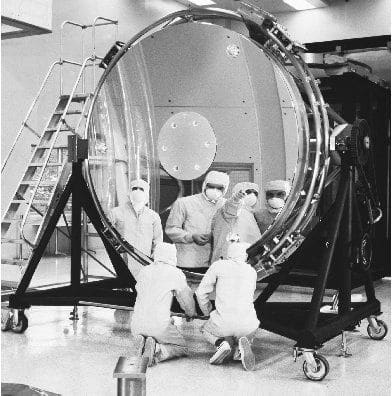More than half a century ago, the United States became the first and only country to achieve a crewed moon landing. However, since then, the country’s space agency seems to have gone into an ‘era of silence’. Until this year. Although not on a government mission, an American spacecraft called Odysseus landed on the moon recently. Here are all the interesting facts about Odysseus’ lunar landing.
A milestone in lunar exploration
Intuitive Machines, a Houston-based company, launched Odysseus to the lunar surface on February 15, 2024. The fact that more than half of lunar landing missions have failed didn’t hold the company back.
Courtesy: Reuters
Since the 1960s, many countries have been trying to get to the moon, and only five have succeeded. In the United States, Odysseus was the first lunar lander after the 1972 Apollo 12 mission.
An insight into Odysseus’ journey
Just like every other space exploratory mission, the Odysseus mission features a fixed plan. About an hour before touching down, Odysseus started a series of maneuvers, beginning with Descent Orbit Insertion.
Courtesy: Space.com
Odysseus landed in the ‘Malapert A’ crater, almost 300 km from the moon’s south pole. The company will operate the lunar lander, which is about the size of an SUV, on the lunar surface for about seven days.
A save from NASA
Although NASA claims to be one of the many customers on the Odysseus lunar mission, the mission might have failed without the agencies’ quick intervention. The lunar lander signaled an issue right before its descent.
Courtesy: Intuitive Machines via X
In turn, the company announced that essential pieces of the lander’s navigation equipment weren’t working. Fortunately, NASA had an instrument onboard that could replace the malfunctioning equipment- engineers could bypass the broken equipment and land with NASA’s replacement.
A possible obstruction
The navigation issues weren’t the only issues the lander experienced. Some 384,000 km away from Earth, the company was unable to communicate with Odysseus or determine its fate after an anticipated radio blackout. Although contact was regained, the signal was faint.
Courtesy: Intuitive Machines via X
This made it hard for the company to know the exact condition of the spacecraft. However, the weak signal might mean that the lunar lander may have landed next to something that blocked its antenna, like a crater wall.
NASA on the moon…again
Although there was a delay, the lunar lander was confirmed to have landed successfully around 6 pm on Thursday. The company confirmed that Odysseus was starting to send data and trying to downlink the first images from the moon’s surface.
Courtesy: Yahoo Finance
The spacecraft’s successful landing shows the promise of NASA’s commercial collaborations. With NASA’s Artemis mission in view, Odysseus’ soft lunar landing is a sure morale-lifter.







